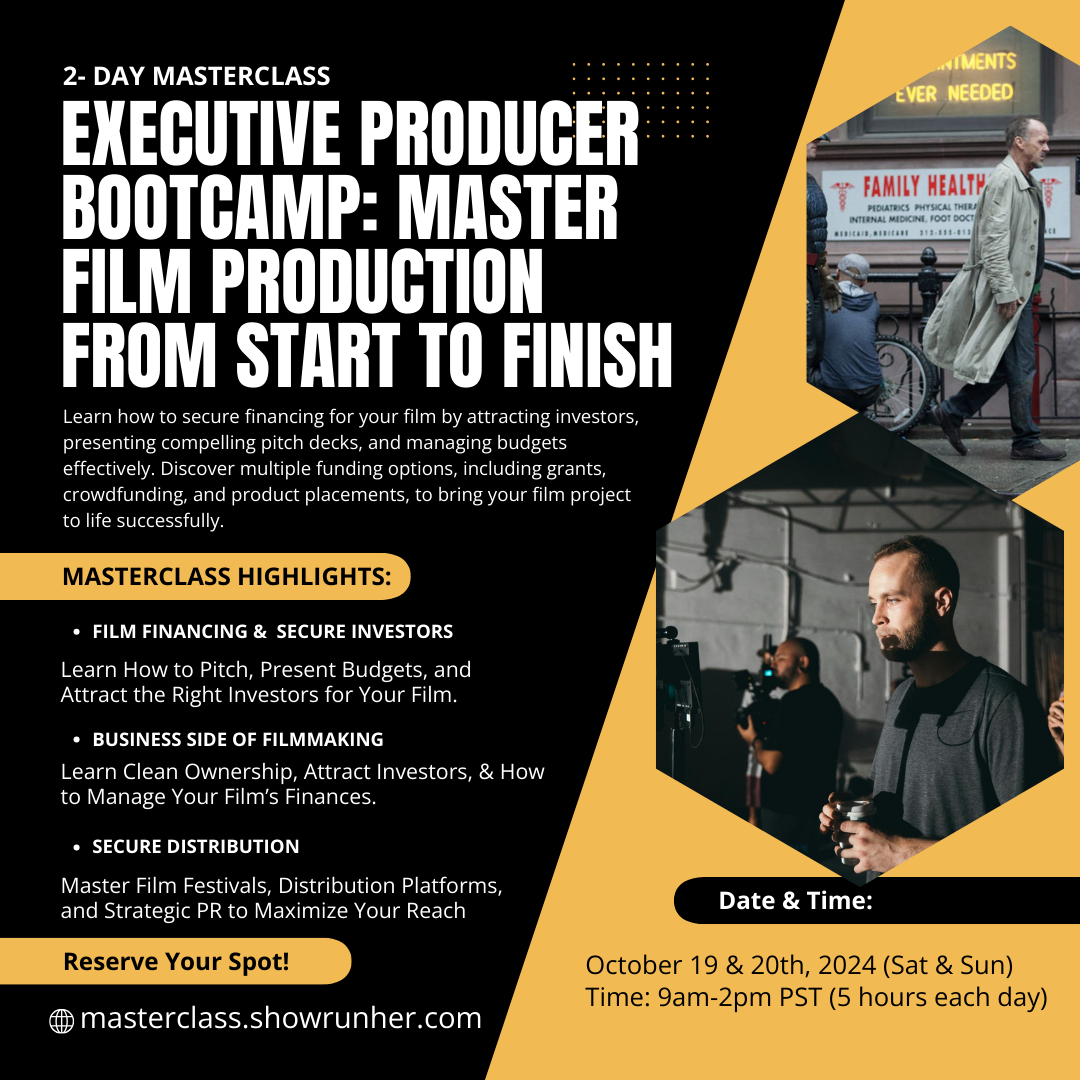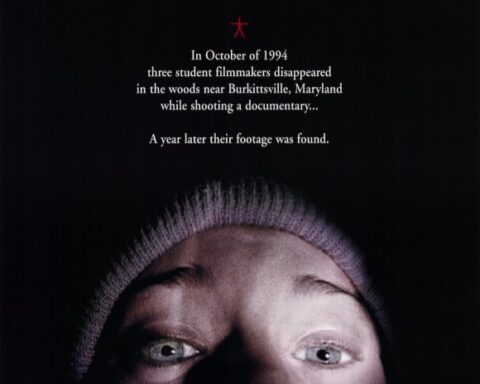About Birdman
Title: Birdman or (The Unexpected Virtue of Ignorance) 2014
Director: Alejandro González Iñárritu
Cast: Michael Keaton, Edward Norton, Emma Stone, Naomi Watts, Zach Galifianakis
Box Office: Grossed over $103 million worldwide
Awards: Won 4 Academy Awards, including Best Picture, Best Director, Best Original Screenplay, and Best Cinematography
Birdman: An Extraordinary Cinematic Achievement
“Birdman or (The Unexpected Virtue of Ignorance)” is a film that challenges conventional storytelling and filmmaking techniques, offering a unique blend of dark comedy, drama, and fantasy. Directed by Alejandro González Iñárritu, the film explores the tumultuous life of Riggan Thomson (played by Michael Keaton), a washed-up actor famous for playing a superhero named Birdman. Desperate to reclaim his former glory, Riggan embarks on a risky endeavor: directing and starring in a Broadway adaptation of Raymond Carver’s short story “What We Talk About When We Talk About Love.”What follows is a gripping exploration of identity, relevance, and the blurred lines between reality and illusion.
The film’s success is not just in its narrative but in its daring approach to filmmaking. Iñárritu’s direction, coupled with Emmanuel Lubezki’s groundbreaking cinematography, creates a visually captivating experience that draws the audience deep into Riggan’s chaotic world. “Birdman” is a film that plays with the boundaries of cinema, offering a fresh perspective on the struggles of an artist trying to find meaning in a world obsessed with celebrity culture.
Unique Directorial Choices: The “One-Shot” Illusion
One of the most distinctive features of “Birdman” is its cinematography, which creates the illusion that the entire film is a single, continuous shot. While the movie was actually filmed in a series of long takes, these takes were meticulously stitched together in post-production to create a seamless flow, giving the impression that the camera never stops rolling. This technique is known as a “one-shot” or “single-take” style, and it’s what sets “Birdman” apart from other films.
The “one-shot” technique is not just a visual gimmick—it serves a deeper purpose in the narrative. The continuous flow mirrors the protagonist Riggan Thomson’s unrelenting mental and emotional turmoil. As the camera moves fluidly through the narrow hallways of the theater and the bustling streets of New York City, the audience is immersed in Riggan’s frantic, anxiety-ridden world. There are no breaks, no pauses—just as there are no escapes for Riggan from his spiraling thoughts and the pressure to prove himself.

Why the “One-Shot” Technique is Unique:
- Immersion: The “one-shot” technique makes the audience feel as if they are right there with the characters, experiencing everything in real-time. The lack of cuts keeps viewers engaged, drawing them into the claustrophobic atmosphere of the theater and the high-stakes drama unfolding on stage and behind the scenes.
- Continuous Tension: In traditional filmmaking, cuts are used to relieve tension, providing a moment of respite for the audience. In “Birdman,” the absence of cuts means there is no escape. The tension builds continuously, reflecting Riggan’s psychological state as he battles with his inner demons, his egotistical co-star Mike Shiner (Edward Norton), and the looming threat of failure.
- Technical Mastery: Achieving the illusion of a single take requires precise choreography and timing from both the actors and the camera crew. Emmanuel Lubezki’s cinematography is a masterclass in this technique, as the camera weaves through the complex set, capturing the characters’ interactions and the evolving story in one fluid motion. The film’s success in pulling off this technique is a testament to the meticulous planning and execution by the entire production team.
- Narrative Unity: The “one-shot” style reinforces the film’s themes of performance and reality. Riggan’s life is portrayed as a continuous performance, with the camera acting as a relentless observer. The technique blurs the line between the stage and real life, between Riggan’s identity as a washed-up actor and his former glory as Birdman, creating a narrative that is as seamless as it is complex.
Michael Keaton’s Meta-Performance
Michael Keaton’s performance in “Birdman” is another standout aspect of the film. Known for his role as Batman in the late 1980s and early 1990s, Keaton’s casting as Riggan Thomson—a former superhero actor trying to escape his past—adds a layer of meta-commentary to the film. Riggan’s struggle to reinvent himself as a serious actor mirrors Keaton’s own career, making the role deeply personal and resonant.
Keaton’s portrayal of Riggan is raw and vulnerable, capturing the desperation of a man clinging to his last chance at redemption. Riggan’s interactions with his alter ego, Birdman, who appears as a voice in his head and a hallucination, reveal the depths of his internal conflict. Birdman taunts Riggan, representing his fears and insecurities, and his desire to return to the safety of his former superhero persona. Keaton’s ability to convey this duality—his longing for relevance and his fear of being forgotten—makes Riggan one of the most compelling characters in recent cinema.
Supporting Cast: Stellar Performances
The supporting cast in “Birdman” is equally impressive, with Edward Norton, Emma Stone, Naomi Watts, and Zach Galifianakis delivering standout performances. Norton plays Mike Shiner, a volatile and egotistical method actor who constantly challenges Riggan’s authority and sanity. Shiner’s presence adds tension to the already fraught production, as his unpredictable behavior threatens to derail Riggan’s play.
Emma Stone plays Sam, Riggan’s daughter and assistant, who is fresh out of rehab and struggling to connect with her father. Stone’s portrayal of Sam is both fiery and fragile, capturing the frustration of a young woman trying to find her place in the world while dealing with her father’s erratic behavior.
Naomi Watts and Andrea Riseborough play the lead actresses in Riggan’s play, each dealing with their insecurities and desires for validation. Their characters add depth to the film’s exploration of the pressures faced by actors, both on and off the stage.
Zach Galifianakis, known for his comedic roles, delivers a surprisingly grounded performance as Jake, Riggan’s best friend, and lawyer. Jake’s loyalty to Riggan provides a counterbalance to the chaos surrounding the production, adding a touch of humanity to the otherwise intense drama.

Thematic Depth: Performance, Identity, and Reality
“Birdman” is not just a technical achievement; it’s also a film rich in themes. At its core, the film explores the concept of performance—not just in the theatrical sense, but in how we present ourselves to the world. Riggan’s life is one continuous performance, whether he’s on stage, interacting with his family, or battling his inner demons. The “one-shot” technique reinforces this theme by never allowing the audience to look away, emphasizing that Riggan is always on display.
The film also delves into the theme of identity. Riggan is haunted by his past as Birdman, a role that made him famous but now feels like a burden. He is desperate to be seen as a serious artist, yet he cannot escape the shadow of his superhero alter ego. This internal struggle is visually represented by the frequent appearances of Birdman, who taunts and mocks Riggan, embodying his fears and insecurities.
Reality and illusion are also central to the film’s narrative. The lines between what is real and what is imagined blur as Riggan’s mental state deteriorates. The film frequently shifts between Riggan’s hallucinations and the reality of the theater, leaving the audience to question what is real. This blurring of reality is enhanced by the continuous shot, which creates a dreamlike flow, making it difficult to distinguish between Riggan’s internal and external worlds.
Box Office and Critical Acclaim
“Birdman” was both a critical and commercial success. It grossed over $103 million worldwide, a significant achievement for a film that is more of a character-driven drama than a typical blockbuster. The film received widespread acclaim for its innovative direction, performances, and screenplay, winning four Academy Awards, including Best Picture, Best Director, Best Original Screenplay, and Best Cinematography.
The film’s success is a testament to its bold storytelling and technical innovation. It stands as a reminder that audiences are still hungry for original, thought-provoking cinema that challenges the norms of filmmaking.
Conclusion: The Legacy of Birdman
“Birdman or (The Unexpected Virtue of Ignorance)” is a film that defies conventional filmmaking techniques, offering a unique blend of dark comedy, drama, and psychological exploration. Alejandro González Iñárritu’s use of the “one-shot” technique creates an immersive experience that draws the audience deep into the chaotic world of Riggan Thomson, a man struggling to redefine himself in a world that only remembers him as a superhero.
The film’s exploration of themes such as performance, identity, and reality, combined with its technical mastery, makes “Birdman” a standout in modern cinema. Michael Keaton’s powerful performance, along with a stellar supporting cast, adds emotional depth to the film, making it not just a technical achievement but also a deeply human story.
“Birdman” is a film that challenges the boundaries of what cinema can be, proving that innovative storytelling and technical prowess can create a movie that is both visually stunning and emotionally resonant. Itsending leaves a lasting impact, making “Birdman” one of the most memorable films of the decade.
For filmmakers, “Birdman” offers a masterclass in blending narrative innovation with technical brilliance. The film’s use of the “one-shot” technique not only serves as a visual spectacle but also deepens the thematic exploration of identity, reality, and the blurred lines between them. It demonstrates that with bold choices and a clear vision, filmmakers can push the boundaries of cinema, creating works that resonate both emotionally and intellectually. “Birdman” is a testament to the power of storytelling and the endless possibilities of the film medium.










